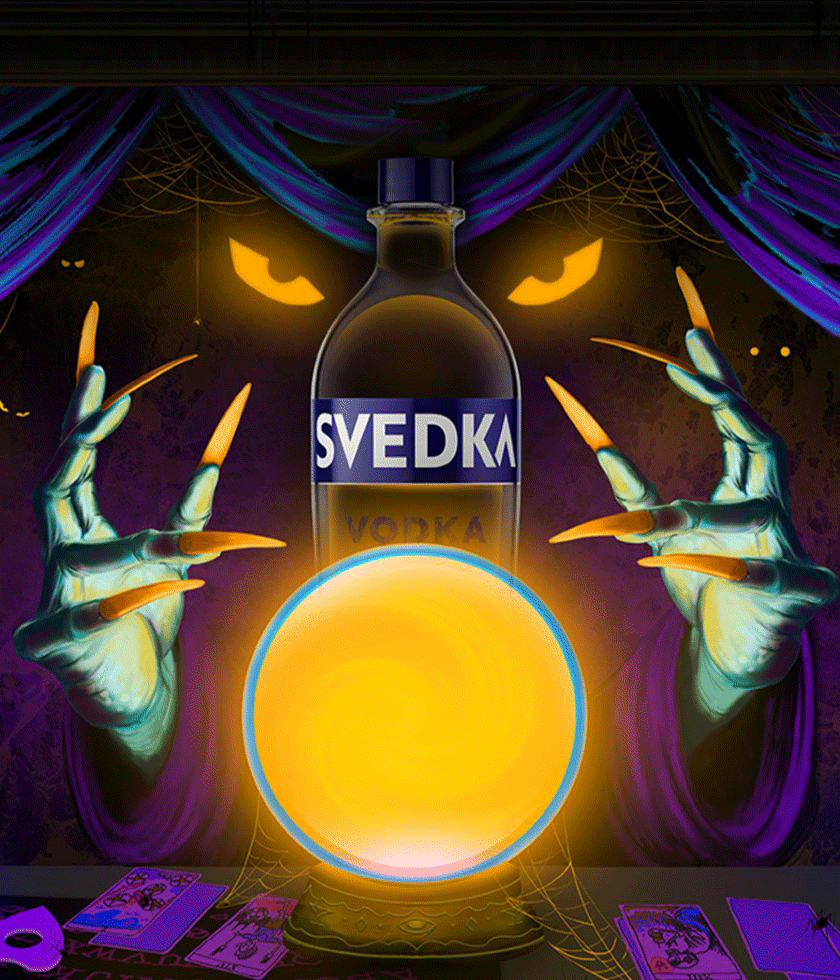The Future of CPG:How Gen Z is Redefining Mass-Market Branding

Mass-market branding has always been essential to Consumer Packaged Goods (CPG) brands. In order for brands to stand out against the competition and sustain long-term growth, brands must maintain broad-scale awareness, consistency across their channels, and brand differentiation. As Byron Sharpe emphasizes in “How Brands Grow”, growth comes from reaching more buyers, not just focusing on loyalty, and mass-market branding is the most effective way to get there!
Mass-Market Strategies
Broadening your reach
A broad marketing reach allows for a strong presence in the minds of all consumers. CPG brands focus on selling to diverse demographics including occasional buyers, loyalists, and first-time purchasers. Campaigns through tv, digital ads, and other large-scale media help brands stay top-of-mind for consumers, leading to more sales.
Consistency & frequency
Supermarket aisles and online channels are crowded! Regular exposure to a brand reinforces its identity and builds reliability and trust. Consistency in tone of voice and visuals of a brand will drive memorability and stand out in busy environments.
Eliminating barriers for all
Loyal customers are important but light buyers are the ones known to drive sales volume, so your barriers to purchase should be low. This includes pricing, unfamiliarity, and competition with other well-established brands. Being readily in stores and on various online channels can help overcome pricing and accessibility concerns; increasing the chances a consumer will purchase wherever and whenever they need your product.
Distinctiveness over differentiation
Your product doesn’t need unique values or features to drive growth. Building brand recognition through strong packaging, logos, taglines, and consistent messaging will grow your distinctiveness. Focus more on your presence than specific product differences from your competitors.
Retail exposure
Whether in-store or online, retail visibility is essential for growth. Prominent shelf space, point-of-sale (POS) displays, or online ads will turn a casual visit to a store into a purchase.
Enter Gen Z
While these strategies continue to stand the test of time, Gen Z has some new demands on your mass-marketing approach. The rising generation, born between 1997–2012, making up 25% of the global population, has $450 billion (ExplodingTopics) in spending power. The digital-native, socially aware, and authenticity-focused shoppers are changing how brands appeal to the masses. Let’s talk about how your omnichannel and retail presence, your brands’ tone of voice and visuals, and your awareness of barriers are being impacted.
Don’t skip retail
As mass-market marketing strategies suggest, you shouldn’t abandon in-store shopping. And contrary to what you might assume, Gen Z agrees. “69% of the generation shops in brick-and-mortar stores weekly”, according to RetailNext. But just getting on the shelf isn’t enough, stores need to up their game and create “instant, personalized, and frictionless” paths to purchase just like their digital counterparts. So when you’re thinking of your next retail campaign, we recommend focusing on accessible shelving options and eye-catching displays. And don’t forget to duplicate those assets for social media. Trends on TikTok and Instagram will further reinforce their trust in your product.
Address the modern-day struggle
The world we live in is more unpredictable than ever. From the high cost of living to climate disasters, it’s no wonder “Gen Z isn’t following the typical life cycle: university, job, marriage, house” (Ad Age). As stated in a recent study by Bank of America, 52% of Gen Z said they don’t make enough money to live the life they want.
Last year we analyzed Gen Z’s underconsumption trends on TikTok which highlighted that shoppers are focusing on reliable, lifetime choices. Consumers boasted about items that weren’t perfect but saved them time, energy, and money anyway.
So how do brands continue to market their products through this uncertainty? We suggest adapting to the non-traditional lifestyles of shoppers and focusing on your brand’s relation to saving money, sustainability, and wellness. Just don’t be a Greenwasher!
Whatever you do, be you
Maybe it’s because Gen Z grew up learning how to spot a scam on the internet, but this generation is skeptical of your brand and your advertising tactics. Authenticity is key for those who are quick to call out brands for “trying too hard”. They want to see diversity in race, body type, and gender on their feeds and on your website. They want real-life stories and to feel heard. So live and breathe your positioning and capitalize on your tone of voice by being self-aware. We’re eyeing Mischief and the comeback of JCPenney’s brand after they started tapping into the meme of awkward photoshoots at the dying retail store. We think listening to what people already know about your brand can help you capitalize on your recognition and mind-share.
In general, your strategies are the same. Consumers want a reliable brand that is reinforced by recognized names and a consistent brand identity. Still, you must learn from Gen Z and their adapting needs — after all, their habits are setting the stage for other generations. And soon enough, we’ll have to listen to Gen alpha.


